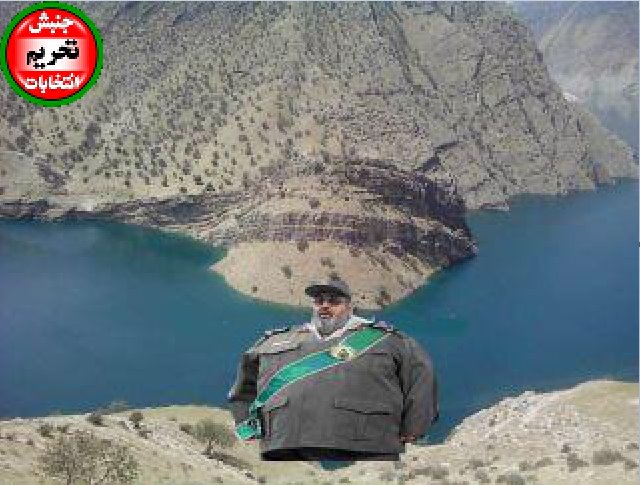Iran Feature: Why Tehran Can't Cut Off Oil Through The Straits of Hormuz (Gholz)

An illustration of General Hassan Firouzabadi, head of Iran's armed forces, blocking the Straits of Hormuz
Eugene Gholz writes for Foreign Policy magazine:
Iranian military exercises apparently emphasize three weapons in the strait: small suicide boats, mobile antiship cruise missiles, and sophisticated sea mines. Using these tools, how hard would it be for Iran to disrupt the flow of oil?
The answer turns out to be: very hard. Iran would have to disable many of the 20 tankers that traverse the strait each day -- and then sustain the effort. Iran cannot rely on the psychological effects of a few hits. Historically, after a short panic, commercial shippers adapt rather than give up lucrative trips, even against much more effective blockades than Iran could muster today. Shippers didn't stop trying during World War I. Nor did the oil trade in the Gulf seize up during the 1980s Tanker War, when both Iraq and Iran targeted oil exports.
Instead, tankers tend to move around dangers. The strait is deep enough that even laden supertankers can pass safely through a 20-mile width of good water, not just the 4-mile-wide official channel. Tankers already take other routes when it is convenient; during a conflict, they would surely scatter, as they did in the 1980s. Although the strait is narrow compared with the open ocean, it is still broad enough to complicate Iran's effort to identify targets for suicide and missile attacks. The area is too large to cover with a field of modern mines dense enough to disable a substantial number of tankers, especially given Iran's limited stockpile.
What's more, tankers are hard to damage with mines or the small warheads on modern missiles. And a big ship pushes a tremendous amount of water out of its way when it is moving; tankers' bow waves would fend off most small boats attempting suicide attacks.

 Thursday, December 29, 2011 at 8:59
Thursday, December 29, 2011 at 8:59
Reader Comments